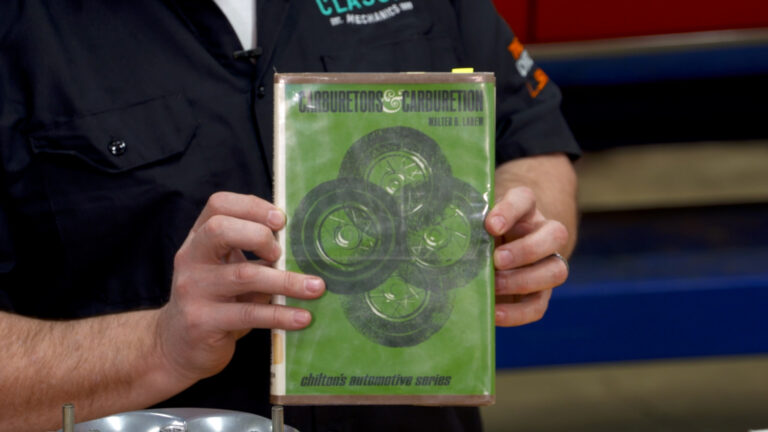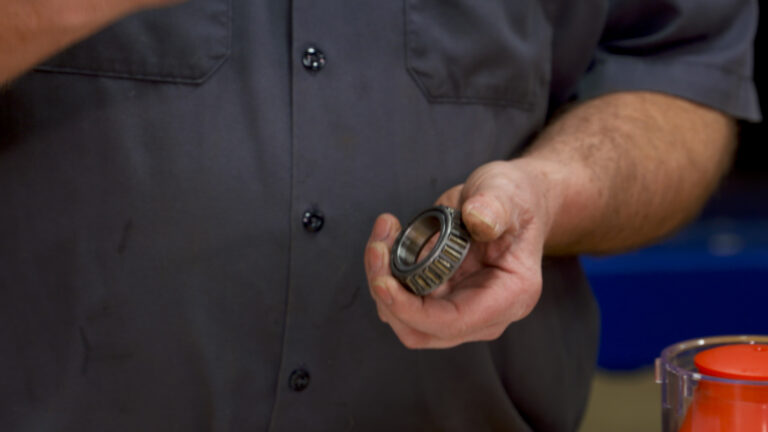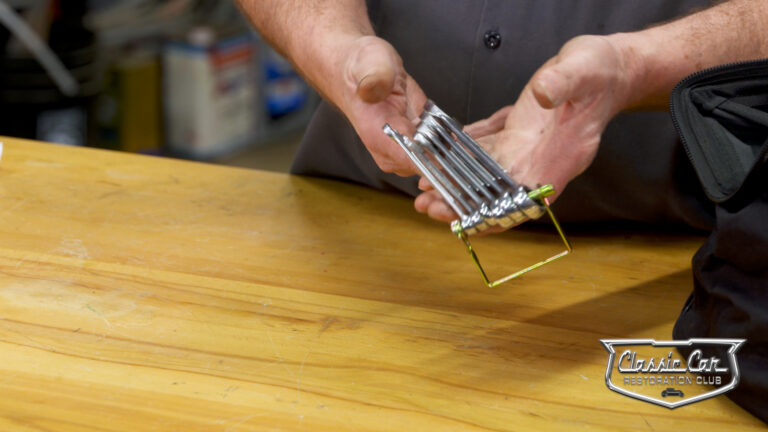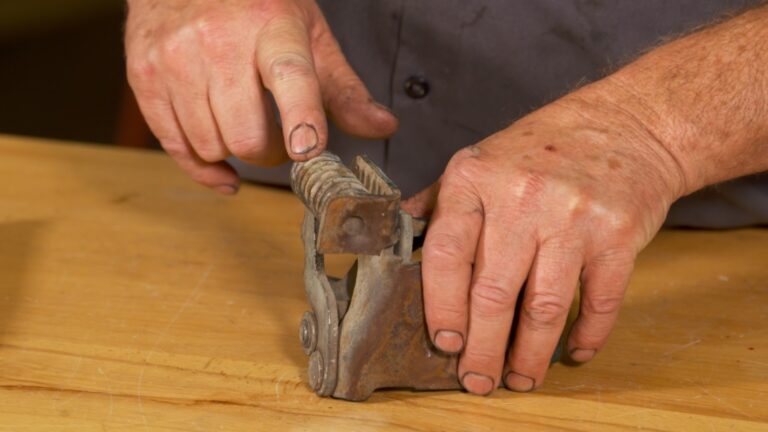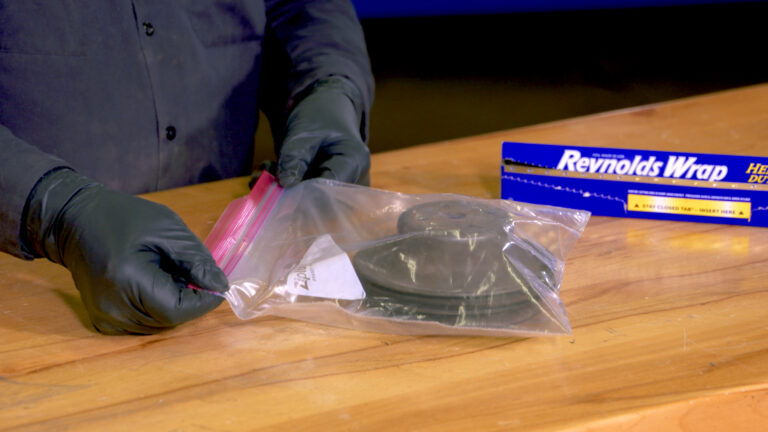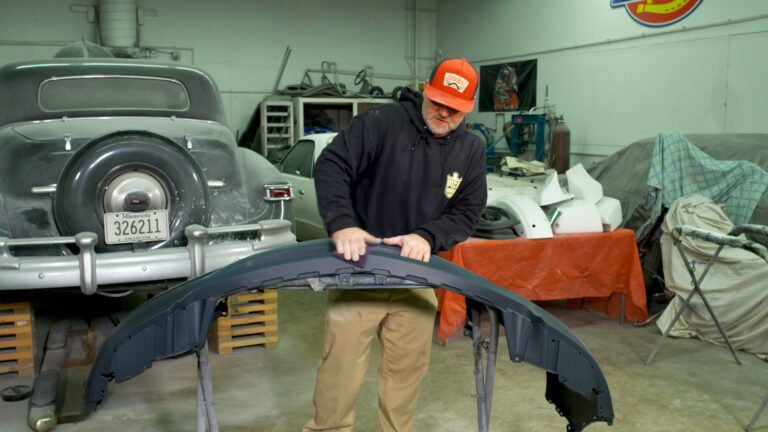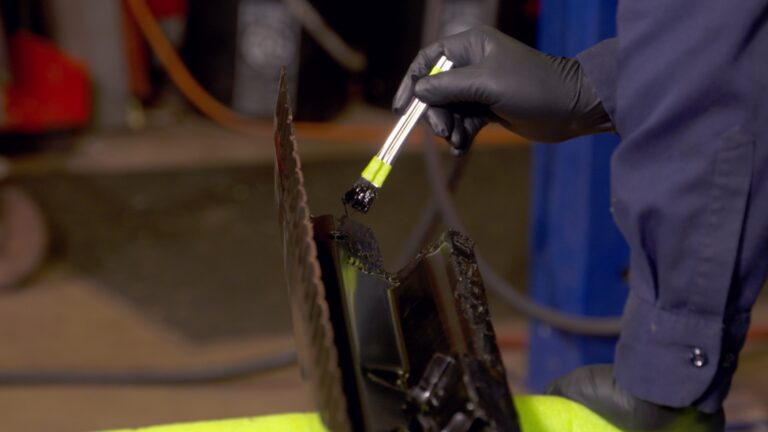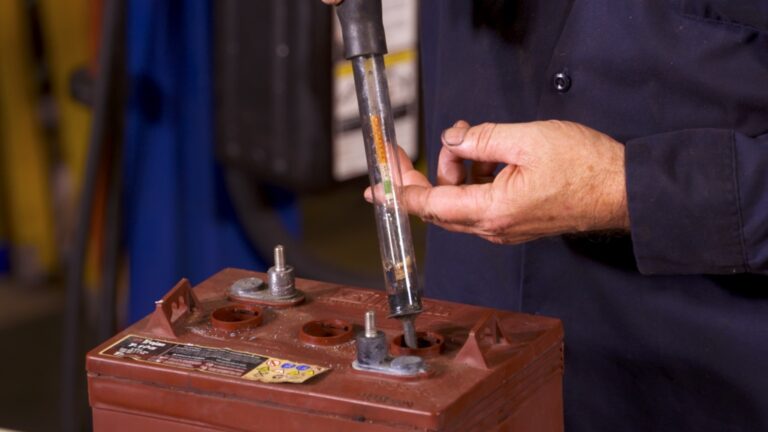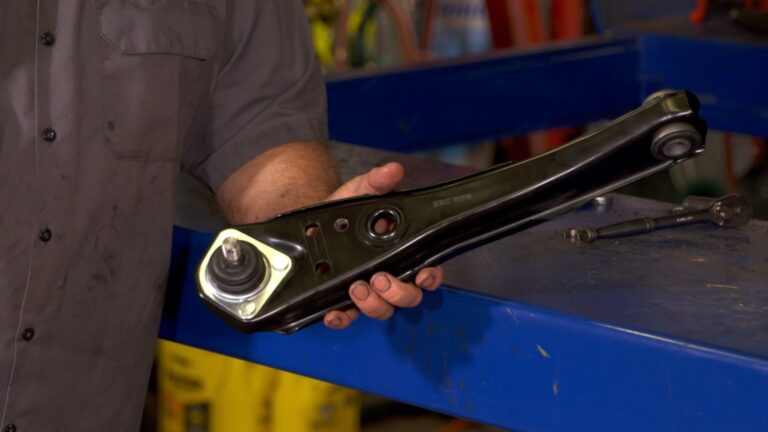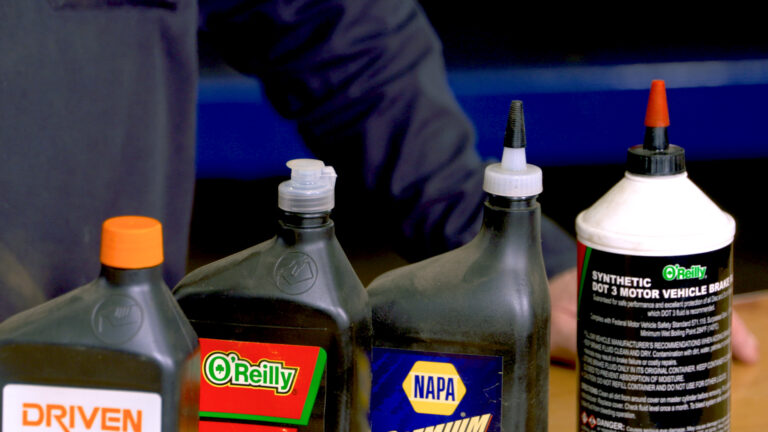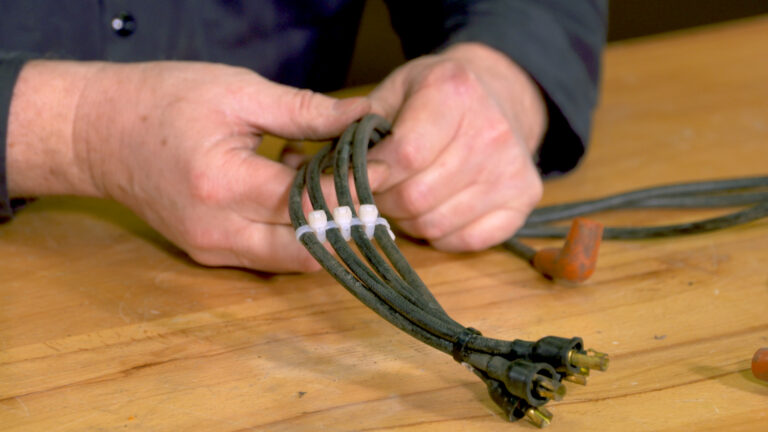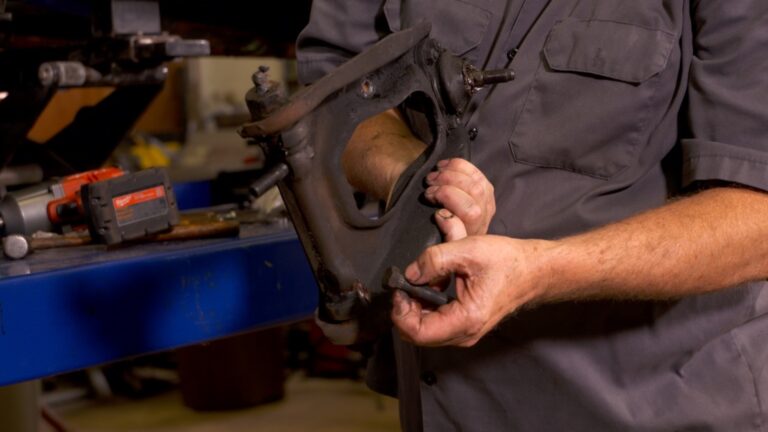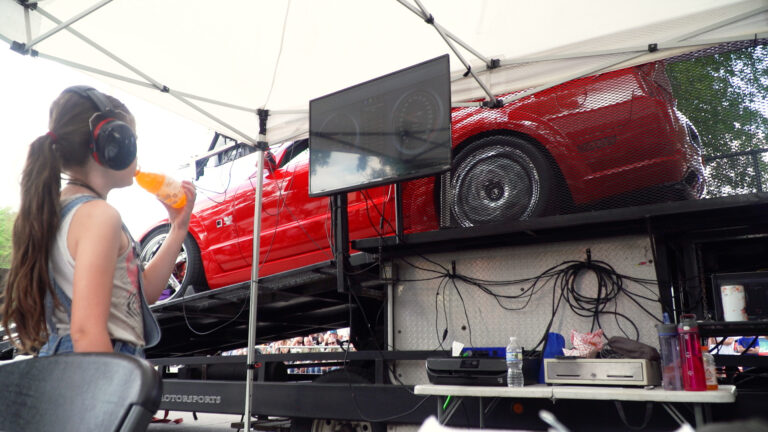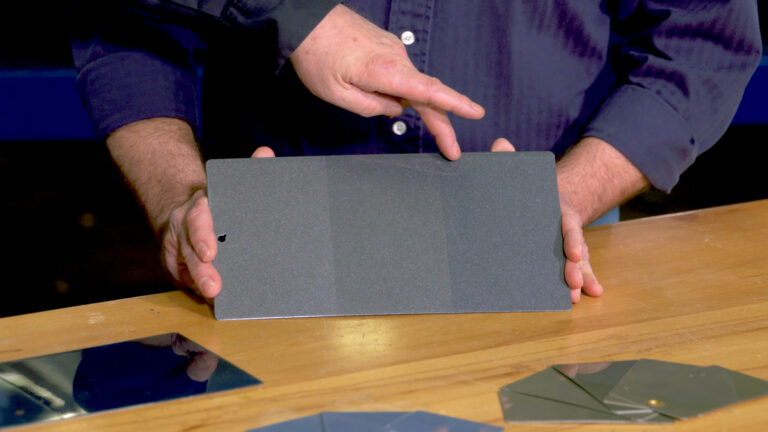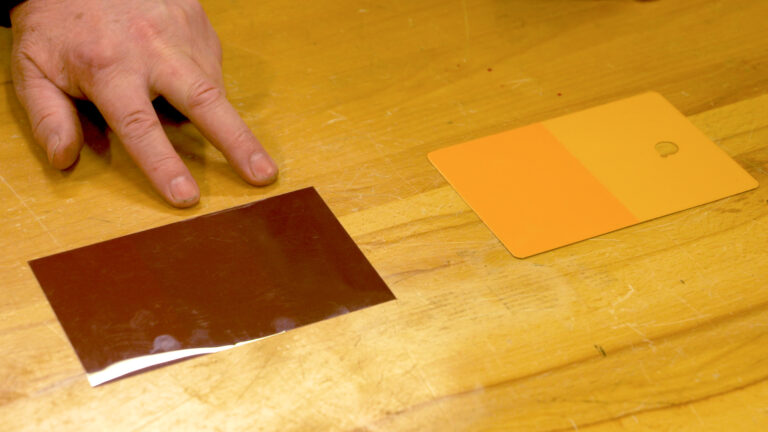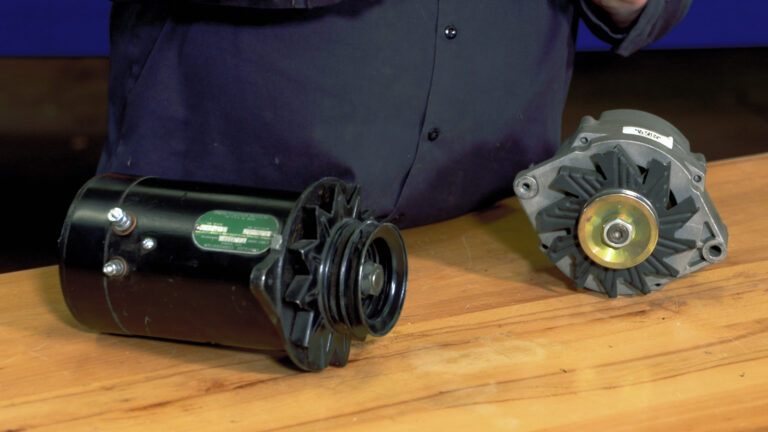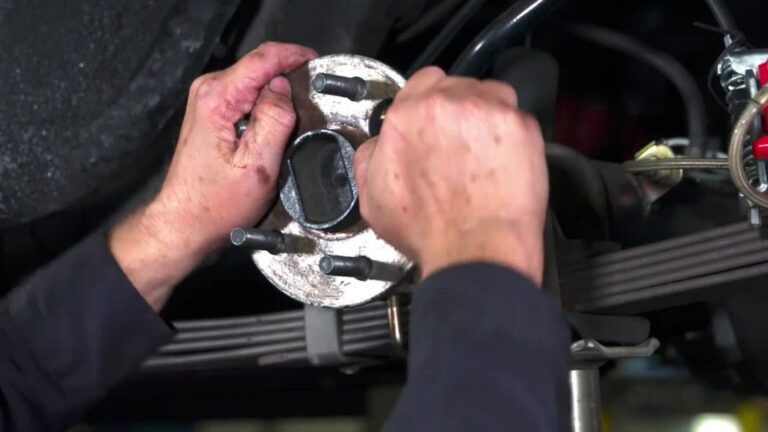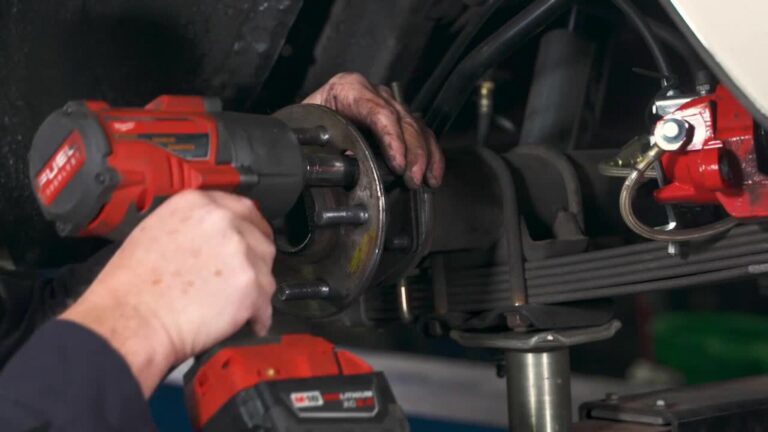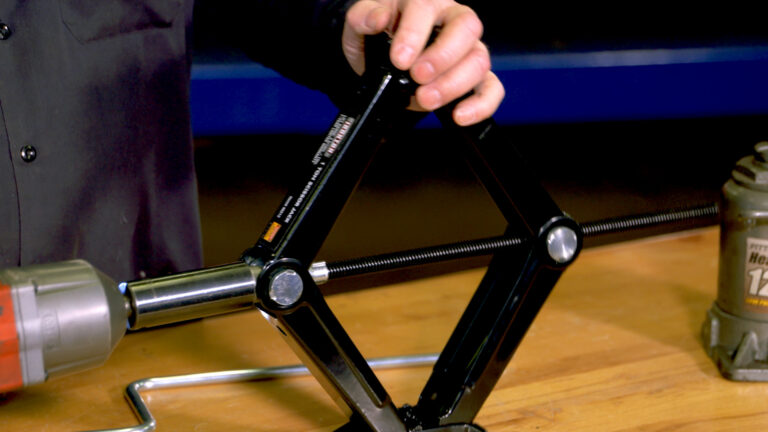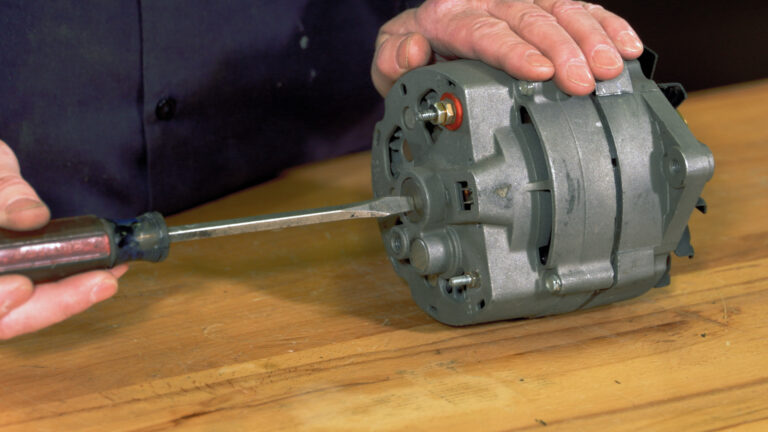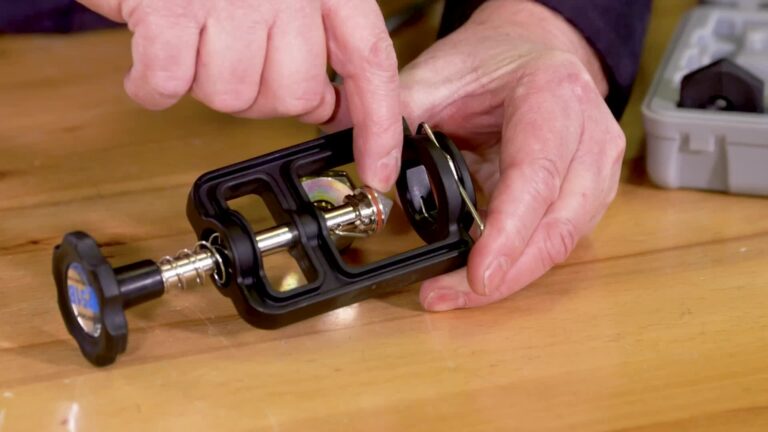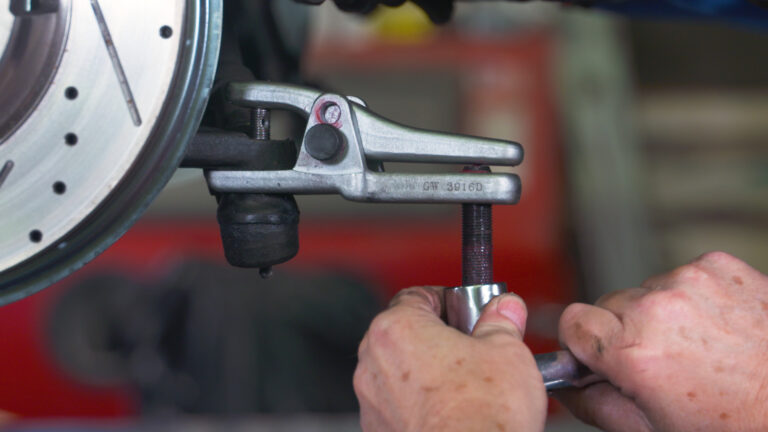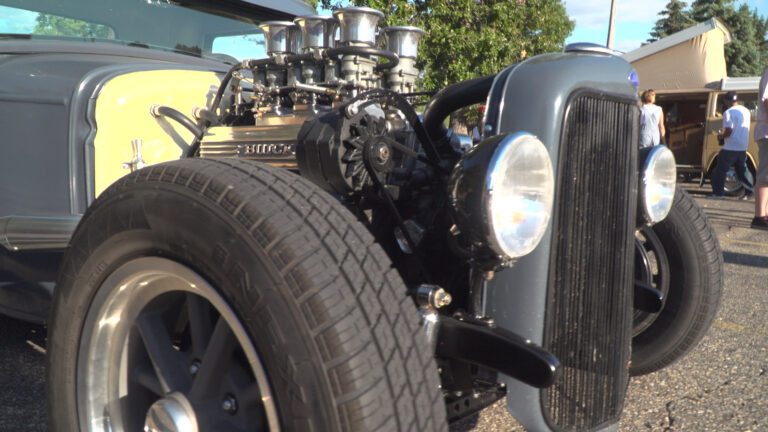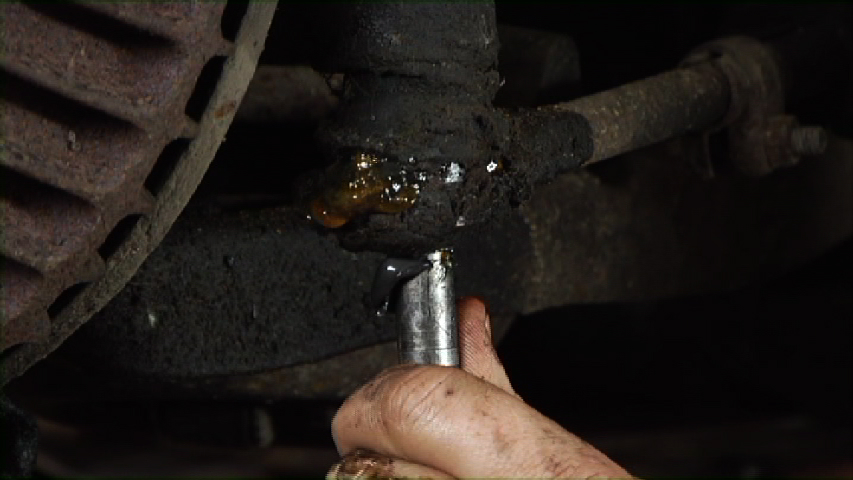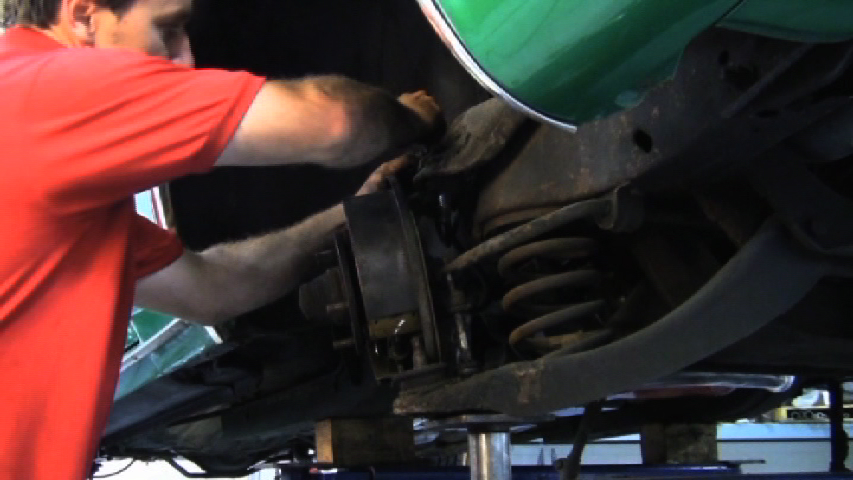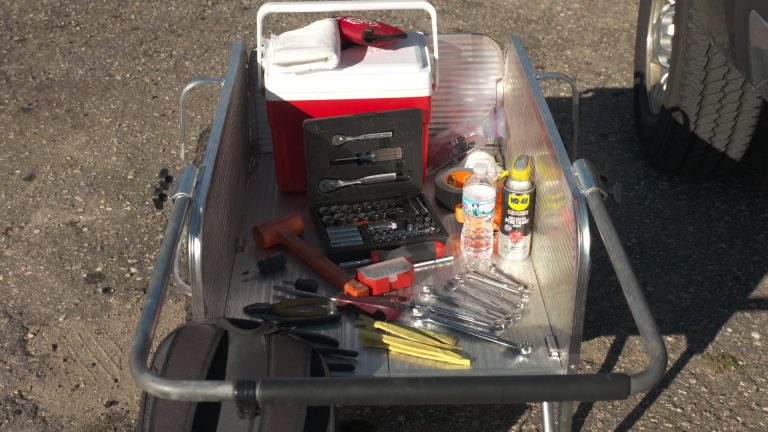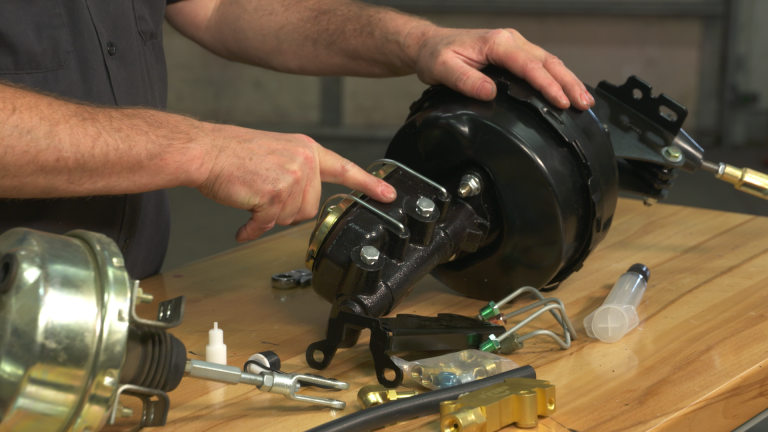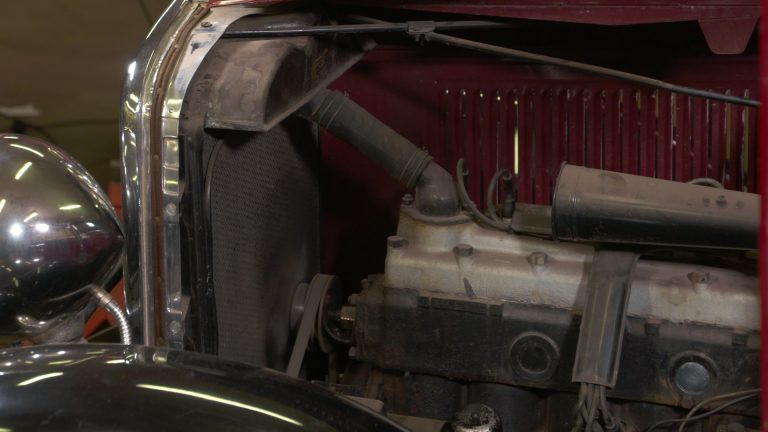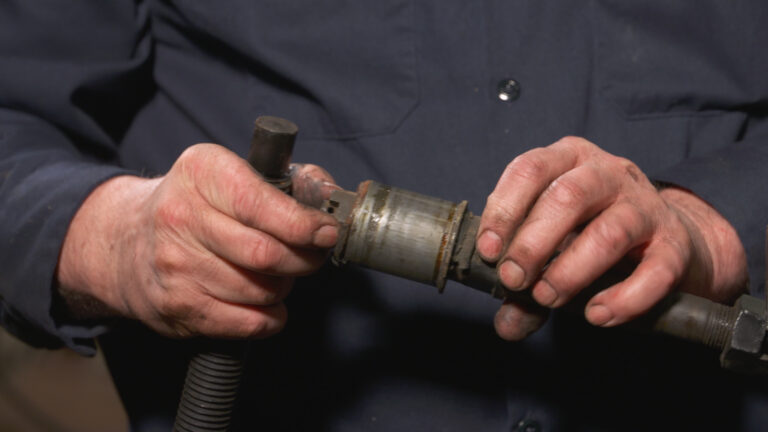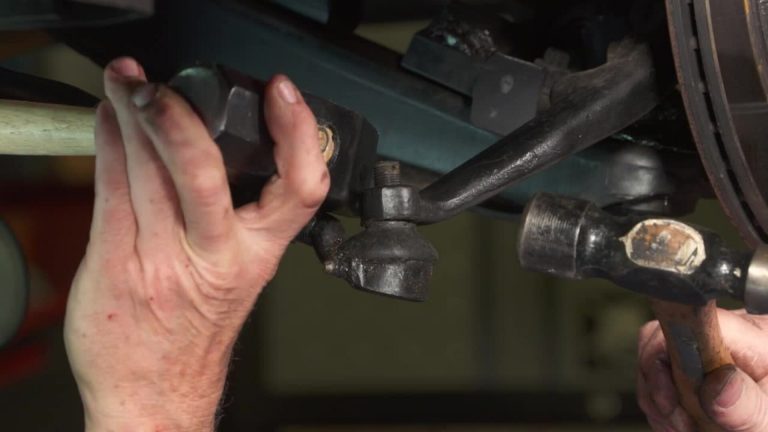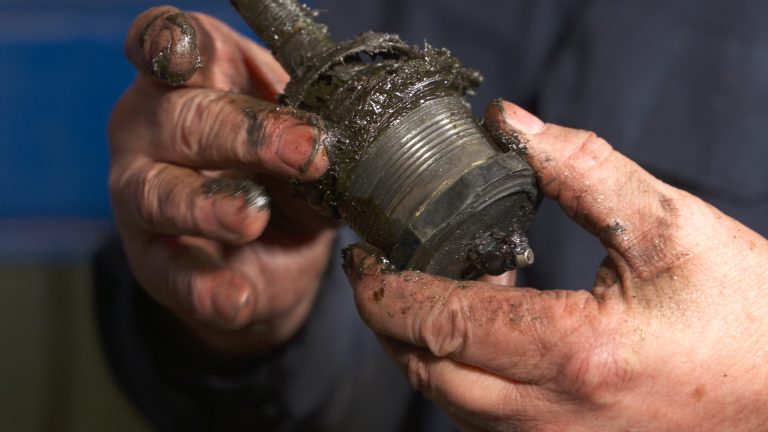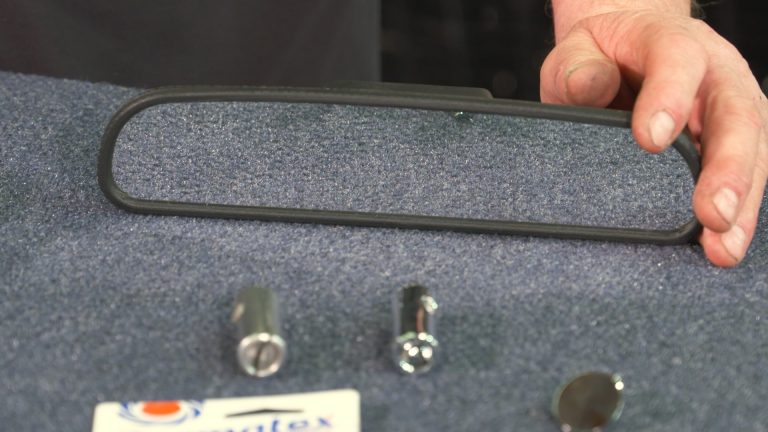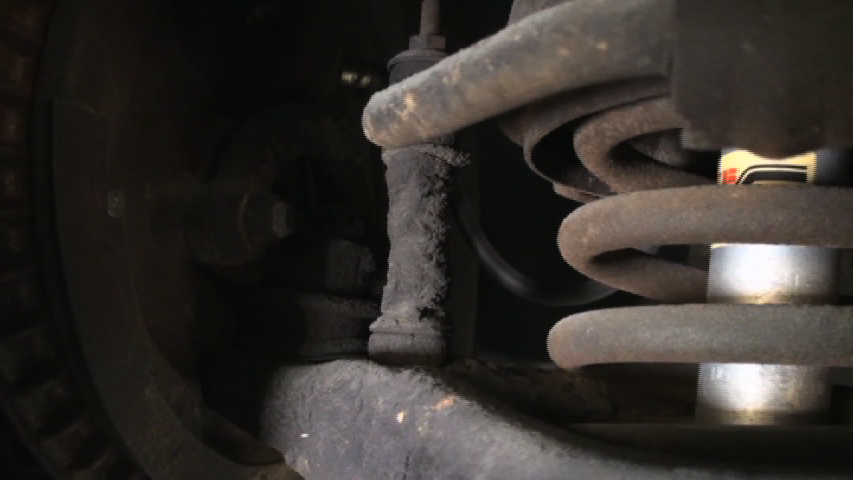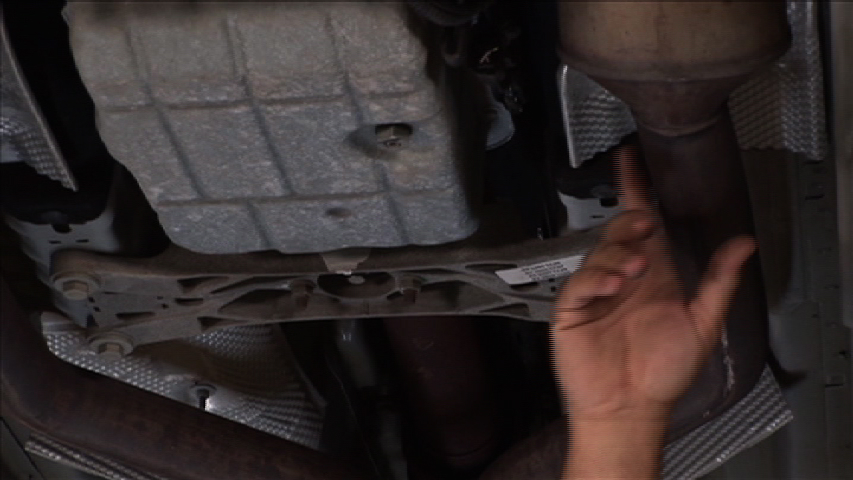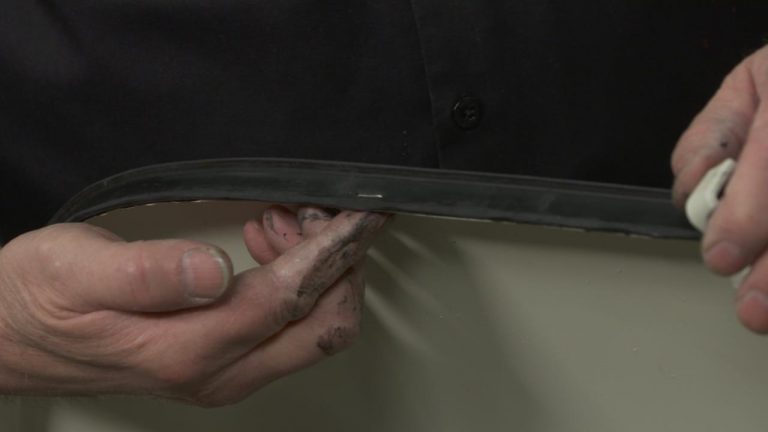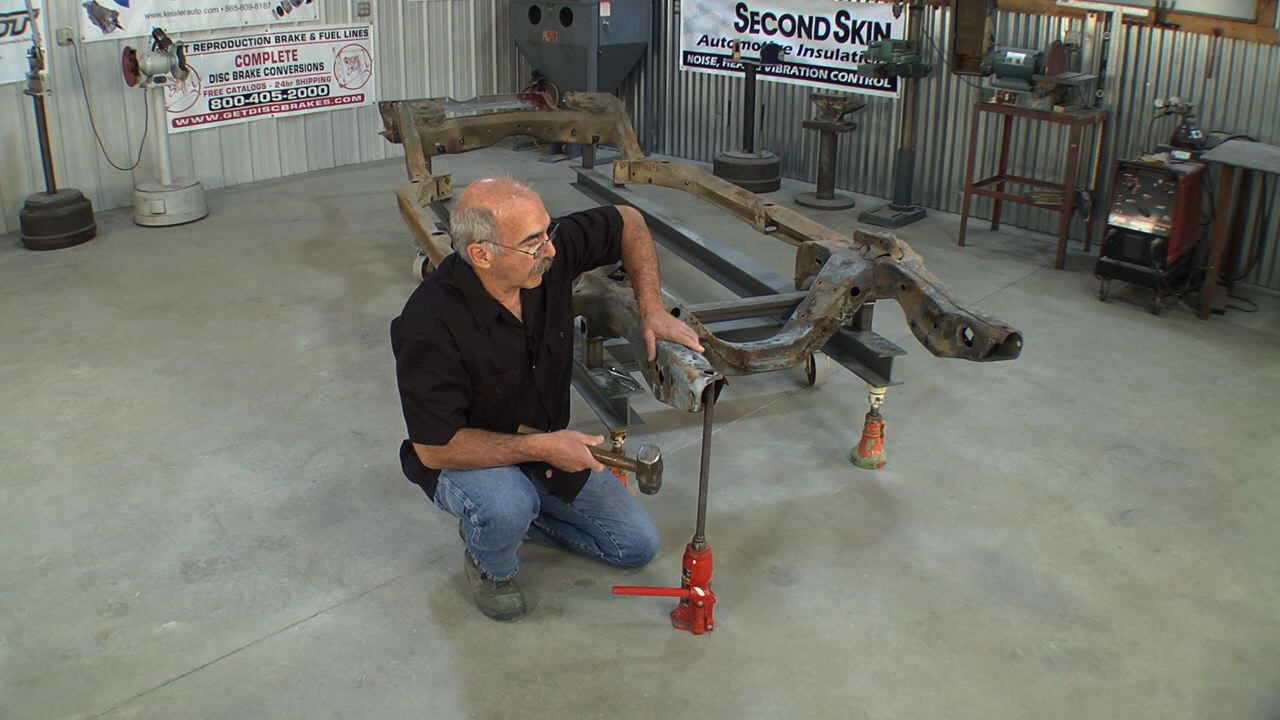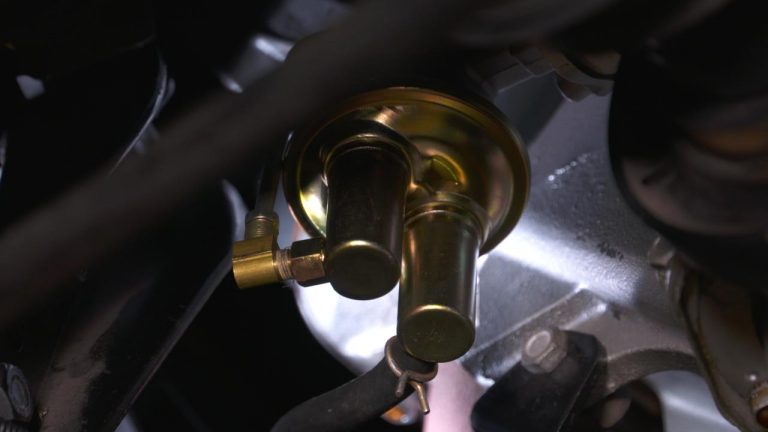
Replacing Classic Car Sway Bar Bushings
Mark SimpsonThe first patent on a sway bar and sway bar bushings design came in Canada by Stephen Coleman in 1919. There wasn’t much call for it on early pre-war cars, as stiff suspension and body roll were simply viewed as part of the driving experience. Following World War II, roads had improved, cars were faster, and drivers wanted softer suspensions for a more pleasant driving experience. The addition of sway bars in post-war cars allowed softer coil-springs to be used while the sway bars controlled body-roll.
It’s true, handling characteristics on many classic cars pales in comparison to their modern day counterparts. Age-hardened rubber bushings and rusted components can reduce our ride performance while adding countless squeaks and rattles to our suspension system. Replacing or upgrading the bushings is a surefire way to improve your classic’s ride and stability while cornering.
Follow along as Mark Simpson evaluates, removes and replaces the front sway bar bushings on our project 1957 DeSoto. He’ll also demonstrate how to properly lubricate bushings and assemble the bushings on the sway bar. Mark explains how this is a relatively basic classic car upgrade that most enthusiasts should feel comfortable making, and not to mention the added benefits of better suspension performance and elimination of suspension system noises.
Explore videos by Mark Simpson
You may be interested in
Premium Membership
Unlock exclusive member content from our industry experts.
- 24/7 Access to Premium Videos, Tips, and Techniques
- Step-by-Step Instructional Demos, Guides, and Tutorials
- 50% Off Video Downloads Purchased in the Classic Car Restoration Shop
- Access to Ask the Expert Program
Unlock exclusive member content from our industry experts.
- 24/7 Access to Premium Videos, Tips, and Techniques
- Step-by-Step Instructional Demos, Guides, and Tutorials
- 2 Full-Length Video Downloads to Watch Offline
- 50% Off Video Downloads Purchased in the Classic Car Restoration Shop
- Access to Ask the Expert Program
Gold Membership
$304 Value
Get everything included in Premium plus exclusive Gold Membership benefits.
- 24/7 Access to Premium Videos, Tips, and Techniques
- Step-by-Step Instructional Demos, Guides, and Tutorials
- 10 Full-Length Video Downloads, added to your account, to Watch Offline
- ‘Wheel Bolt Circle’ Downloadable Guide, added to your account
- Discounts on Purchase-to-Own Content in the Classic Car Restoration Club Shop
- Access to Ask the Expert Program
